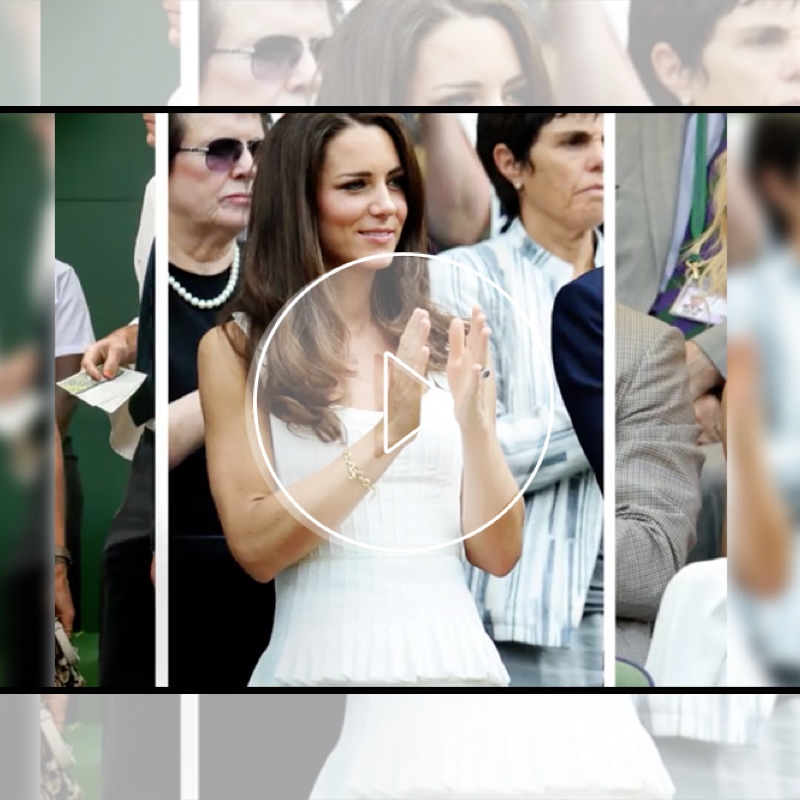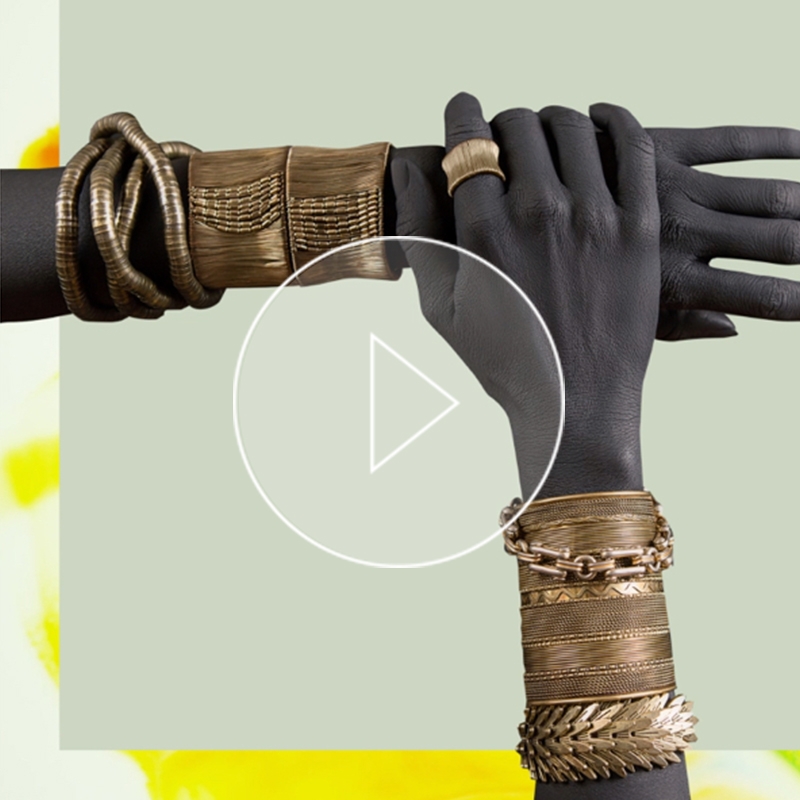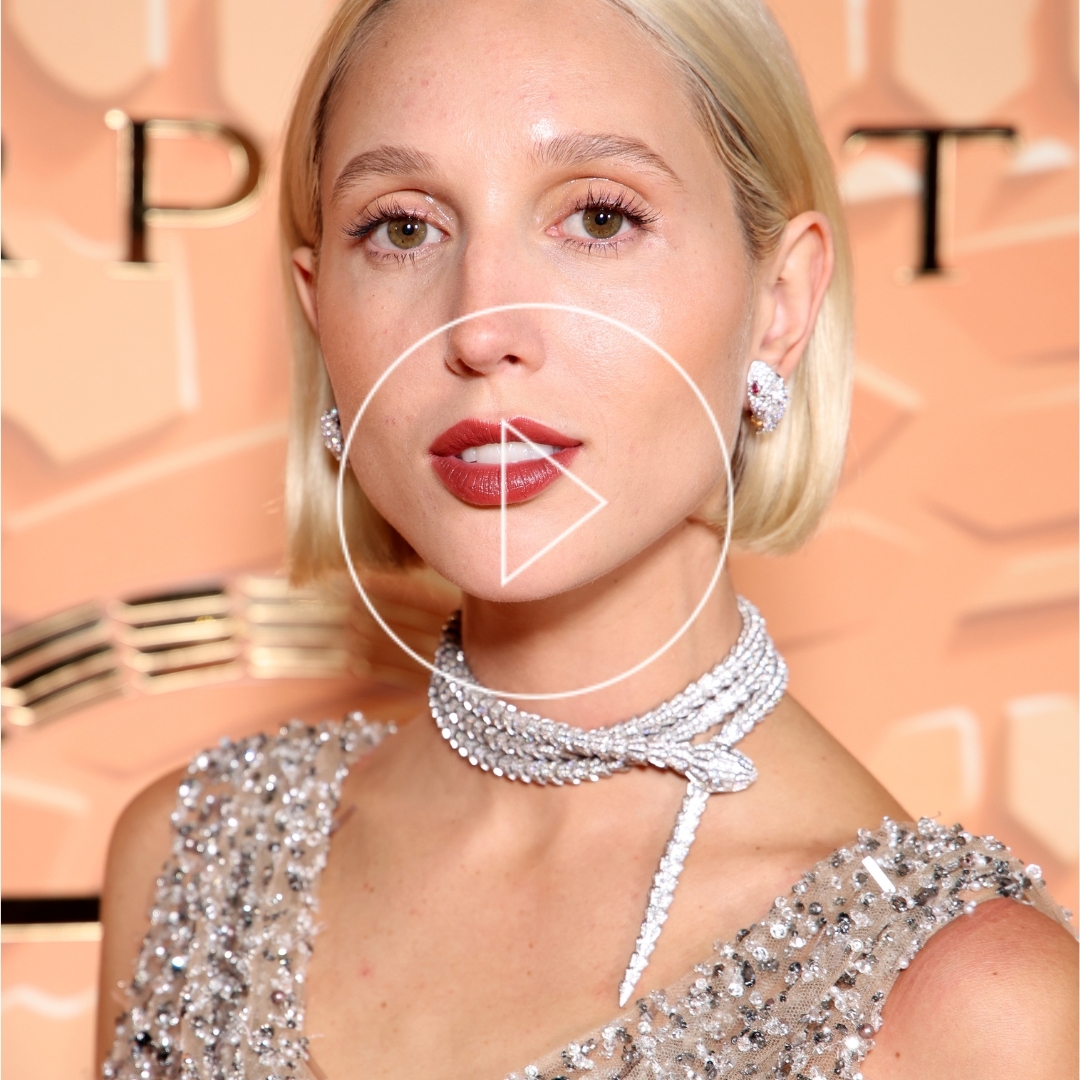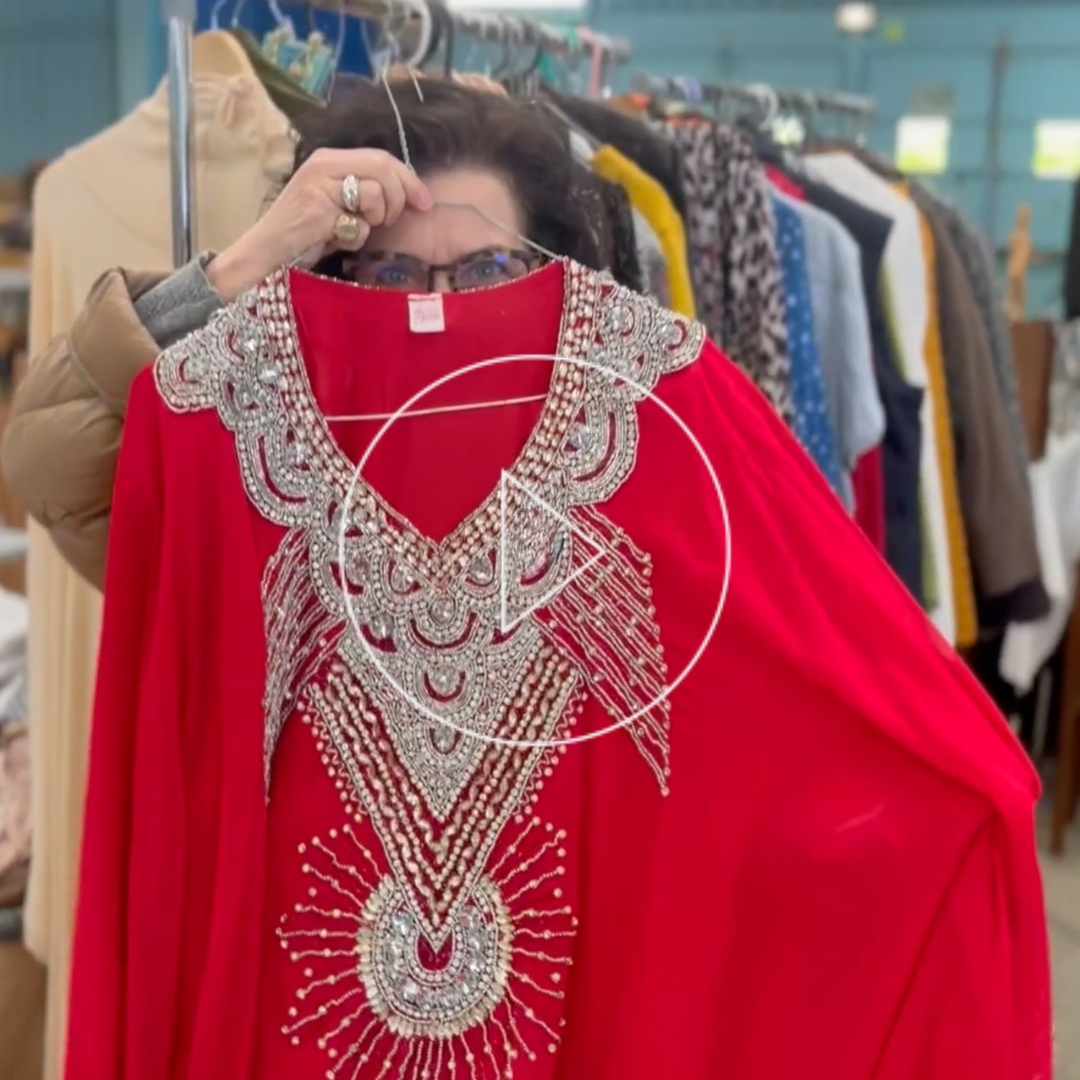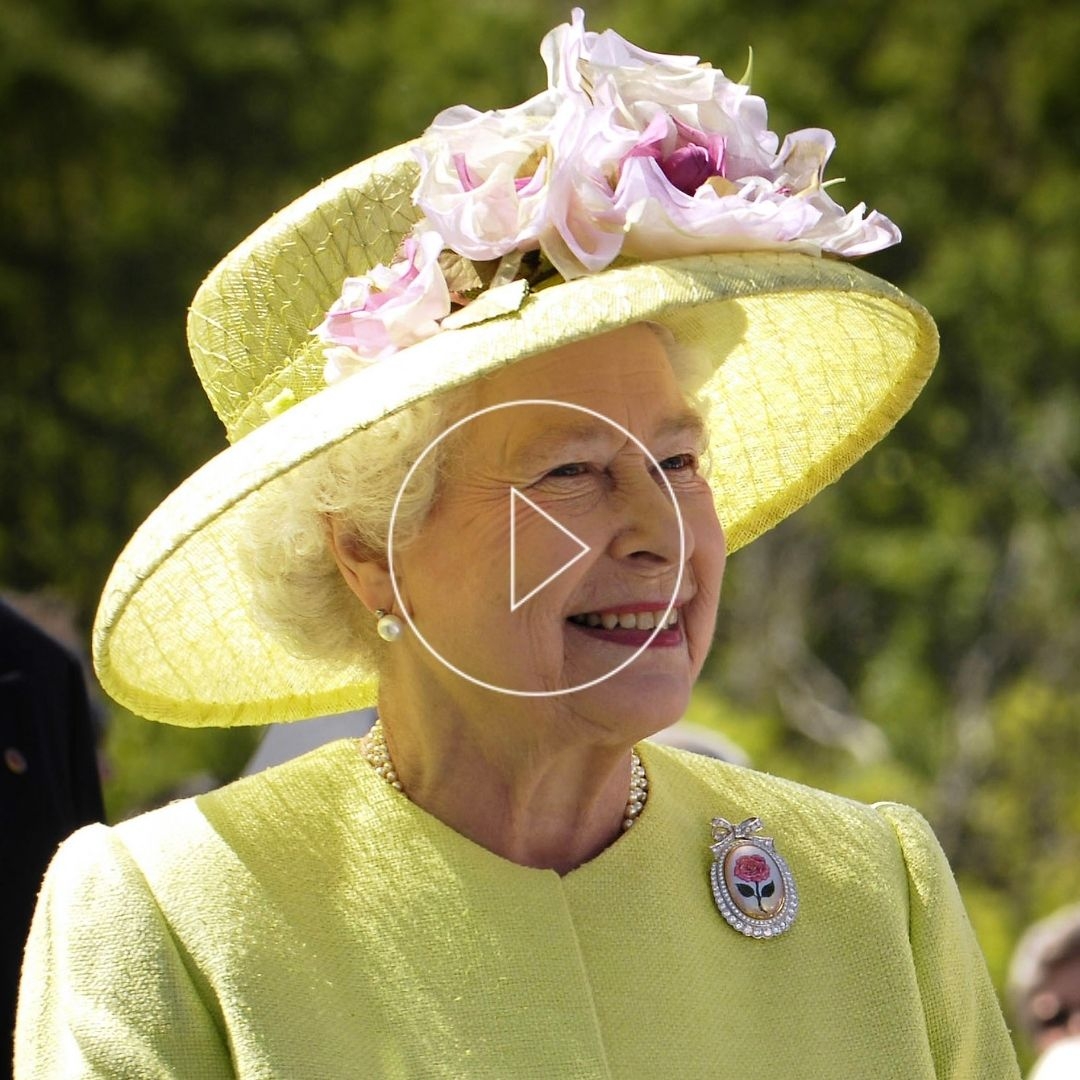Jewellery hot trend: How to buy lab-grown diamonds
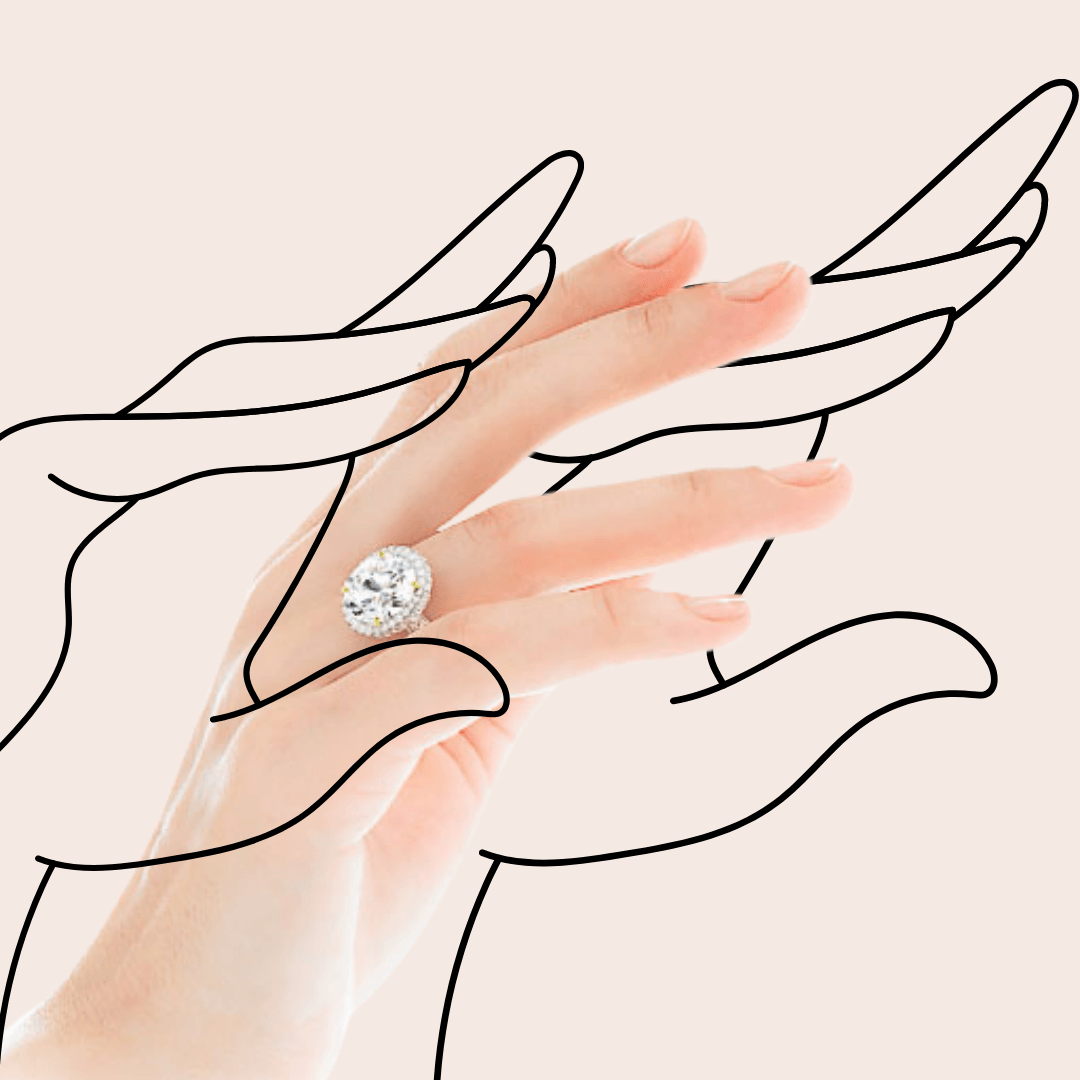
Lab-grown diamonds are a hot trend but also a hot topic. As they become more and more popular, some jewellery brands are using men-made diamonds, causing quite a buzz. So, we’ve put together all you must know about lab-grown and mined diamonds to understand whether the men-made gemstone is precious or synthetic, which is more valuable, more sustainable and ethical, and how to buy the men-made stone.
To use or not to use lab-grown diamonds; that’s the question
The discussion around lab-grown diamonds in high jewellery is quite intense. For instance, there’s a feud between the French heritage jewellery house Cartier and Jean Dousset, the great-great-grandson of Louis Cartier, the brand’s founder. To sum up, Dousset followed his ancestors’ footsteps. After working at Chaumet, Boucheron, and Van Cleef & Arpels, he launched his namesake diamond jewellery atelier. Besides jewellery pieces with natural gemstones, his “Just Say Oui” collection offers high jewellery with lab-grown diamonds at a more affordable price.
Dousset states that “a lab diamond offers the same visual experience with none of the compromises. That’s an exciting opportunity as a jeweller. It’s been very freeing both for the consumer and me.” But Cartier’s chief executive, Cyrille Vigneron, disagrees. He says that the lab-grown diamond trend does not fit the luxury jewellery house as they “lost their singularity and lost the fact that they were made by the Earth millions of years ago“.
What is the difference between mined and lab-grown diamonds?
- How is a natural diamond created and why is it so valuable?
A diamond is a cluster of carbon that has been under immense pressure and temperature deep in the earth for millions of years before reaching its crystal form. It is the strongest mineral on earth. Diamonds’ rarity and beauty make them so valuable. As a result, they’ve been a sign of power for Emperors, Queens and royal family members since ancient times.
By far the queen of precious gemstones, diamonds have adorned royal jewellery throughout history; from crowns and tiaras to necklaces, rings and earrings. Up to today, no royal or red-carpet event would be complete without diamond jewellery—especially the stunning headpieces at royal weddings. The most famous diamond is the fabulous, and some say, cursed, Koh-i-Noor. This iconic gem is currently in the crown of Queen Elizabeth, the Queen Mother. Part of the British royal jewellery collection, the diamond is on public display at the Tower of London.
- What is a lab-grown diamond?
Technology can reproduce the intense pressure and heat necessary to transform graphite into a diamond in a laboratory. These man-made diamonds are chemically and aesthetically identical to natural ones, which means they are real diamonds. So, do not mistake them for synthetic Zirconia. Lab-grown diamonds are professionally cut and polished the same way mined gemstones are, and if you’re wondering how to buy one, they can come with a GIA certificate based on their 4Cs grade. But, as Vigneron explains, “the problem with lab-grown diamonds is that, despite having the same molecular structure as those found in the earth, lab-grown diamonds don’t have any history.”
Can you tell the difference between lab-made and mined diamonds?
There is no visible difference between earth-mined and lab-made diamonds to the naked eye. That is because both can come with incrustations and imperfections. In other words, lab diamonds can look similar to the natural gems you see in royal jewellery. Consequently, you will need a gemologist to identify which is which through the tiny amounts of nitrogen found only in natural diamonds.
Are lab-grown diamonds more sustainable and ethical?
Diamond mining’s involved many tragic stories in the past—for example, unsafe working conditions, child labour, chemical spillage, and financing of wars. But, since the implementation of the Kimberly Process in 2003, most diamonds have been blood-free certified. This means they come from conflict-free zones with fair labour conditions. Additionally, diamonds have a positive financial impact on developing countries like some African nations. Nevertheless, if you look at photos of the massive mines, you’ll see the ecological devastation that mining can cause; deforestation and destruction of ecosystems. The Russian Mir mine, for instance, is 525 meters deep, one of the most gigantic manufactured holes on the planet.
Lab-grown diamonds are, in this sense, more ethical and attract environmental-conscious jewellery lovers who prize sustainable pieces. However, manufactured diamonds are created in laboratories using a High-Pressure High Temperature (HPHT) or Chemical Vapor Deposition (CVD). These processes require a massive amount of energy. So, make sure to buy from sources that actively work to make their manufacturing processes as energy-efficient as possible.
High jewellery and lab-grown diamonds
It is unlikely that high-end jewellers will use synthetic gemstones in their luxurious creations. However many have already adopted the lab-grown diamond trend. Nevertheless, engagement rings with natural diamonds, for example, will always have a more special meaning. Because, as we all know, a “diamond is forever.”
How much do lab-made diamonds cost?
Created diamonds cost around 30% less than earth-mined ones with the same colour, clarity, cut and carat grades. According to some experts, sales of lab-grown diamonds could surpass the mined diamonds’ by 2030, mainly because their affordable price makes high-jewellery more accessible. Nevertheless, natural diamonds are a rock-solid investment, breaking records at online sales. The rarity and finite supply mean natural gemstones hold their value better. And they are usually passed down from one generation to the next. But besides the price, there are other reasons why some people prefer mined diamonds. For instance, many do not like the idea of a gem mass-produced in a laboratory. If you agree with them, you should check our Jewellery Guide: how to choose a diamond.
Conclusion: to wear or not to wear the trend?
While laboratory diamonds can be grown in a couple of months and are more affordable and sustainable, mined diamonds are like time capsules; they hold within the history of millions of years, which is almost unbelievable when you think about it. As a result, these treasures of nature have a special aura of rarity and luxury that lab diamonds don’t. If you prefer mined diamonds, make sure they are ethically sourced. In Vienna, for example, the jeweller Skrein only uses ethical diamonds and recycled or fairmined gold to make their jewellery.
With so many pros and cons for both natural and lab-grown diamonds, we don’t think that one will exclude the other. On the contrary, there’s space for both types of diamonds in the high-jewellery world as long as you don’t buy a pig in a poke!
Last but not least: recycled diamonds are even more sustainable
Finally, consider buying second-hand and vintage jewellery that is even more sustainable than a lab-grown gem. Some jewellers use recycled diamonds that they reset and sometimes, recut. There are auction houses and online shops to find fantastic pre-owned and vintage jewellery, for example:
Title photo @notorious-mag collage image @Chapter1design via Wikimedia Commons
SHARE



